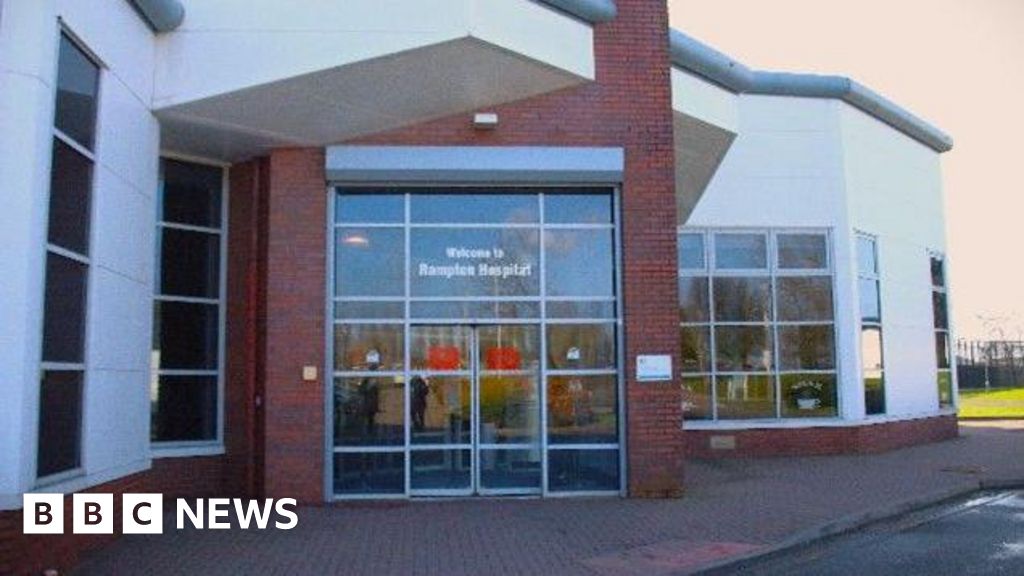In recent years, healthcare navigation has
As demand has increased and given rise to a host of
As the chief medical officer of the company that first defined healthcare navigation, I believe today’s challenges call for a categorical reset to a new, elevated standard. Employers grappling with historically high cost trends and employee retention challenges need solutions that can stay on top of change, are built to manage clinical complexity, and can deliver proven ROI and clinical outcomes.
What should such a reset look like?
Read more:
An elevated standard: Clinically integrated longitudinal care
To address healthcare’s growing complexity and move the needle on health outcomes, any forward-looking navigation solution must deeply integrate clinical care by design.
What does this mean? Within the navigation model there is seamless clinical integration, with continuous whole-person focus on member care — not simply a transactional approach to managing utilization and claims.
To accomplish this, you need to put clinicians at the center of navigation. Why? Only clinicians possess the medical expertise to understand a patient’s complex health needs, interpret treatment options and guide them to the right care. They’re also uniquely positioned to have meaningful conversations and coordinate care with other clinicians, serving as a critical bridge between patients and the rest of the healthcare system.
Read more:
The right guidance: Embedded care management and coordination
With many digital-first navigation solutions, the only “guidance” members get is from chatbots and other non-clinical agents who are only able to manage claims and other transactional tasks. When it comes to managing chronic conditions, these transactional models fall short; they lack the clinical oversight necessary to drive outcomes, leading to costly gaps in care, inefficiencies and delays in treatment.
When clinical expertise is embedded within the navigation team, by contrast, it allows for the deployment of a highly-personalized care plan to improve a member’s condition. Dedicated clinicians have the expertise to quickly identify and flag members who may not be managing their chronic conditions and take action to prevent or close potential care gaps. The result is improved clinical outcomes, reduced claim costs and a better member experience.
Meaningful engagement: Driving clinical collaboration and outcomes
Another key component of clinical embedded healthcare navigation is the capacity to drive meaningful engagement with both patients and providers. With the rapid rise of digital point solutions, the concept of engagement has too often been reduced to counting clicks. In today’s landscape where we’re flooded with apps and point solutions, the value of quality clinical support and human engagement can’t be overstated.
It is impossible to meaningfully change the trajectory of a patient’s care without engaging directly with providers as well as patients. When dedicated clinicians lead the navigation team, they’re positioned to have meaningful conversations with a member’s providers at key points — at pre-certification, for example — to influence their course of care. For such engagement to be truly effective, timing is everything. A smart clinical model will employ real-time data to intercept members at the earliest signs of a healthcare event or gap in care, so actions can be taken to change the course of care before any costly decisions are made.
Read more:
Whole person support: Guiding a cancer journey to the best outcome
What does this healthcare navigation look like in practice? Let’s take a real-world example of a patient we’ll call Meg. During a primary care visit to investigate unexplained weight gain, Meg’s doctor located an ill-defined nodule on her neck and ordered a CT scan. That led to an eligibility check which flagged outreach from a nurse care manager on Meg’s clinical navigation team.
When the nurse saw that the selected facility had low quality scores, she spoke to Meg’s doctor and moved the authorization to a high-quality, lower-cost setting. In the process, the nurse care manager was able to identify Meg’s journey as thyroid cancer, so immediately referred her to a dedicated oncology specialty nurse on the team. When a biopsy confirmed thyroid cancer, requiring a total thyroidectomy, the oncology nurse — leveraging Meg’s oncology benefit — arranged for a consult at a top regional COE. Meg’s oncology nurse supported her through every step of surgery and recovery.
Without a deeply-embedded clinical care model, Meg’s journey might have looked very different. Absent real-time intercept and clinician-to-clinician engagement throughout, it’s easy to imagine Meg not receiving a timely diagnosis or treatment at the right facilities or having rapid access to the best COE in her region. With cancer being the leading healthcare cost for employers, every delay or missed opportunity would have added significant expense to an already costly journey.
The healthcare landscape is rapidly evolving and growing more complex by the day thanks to a convergence of transformational innovations. Medical knowledge is now estimated to double every





